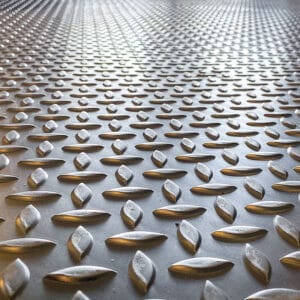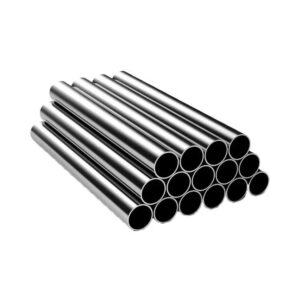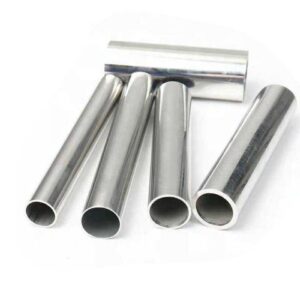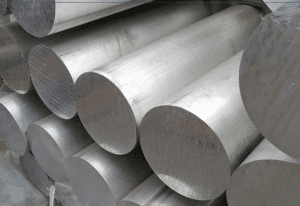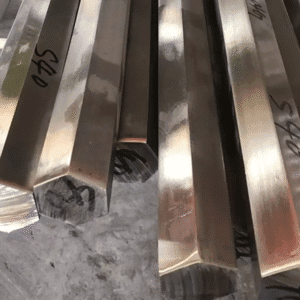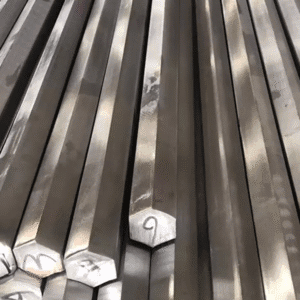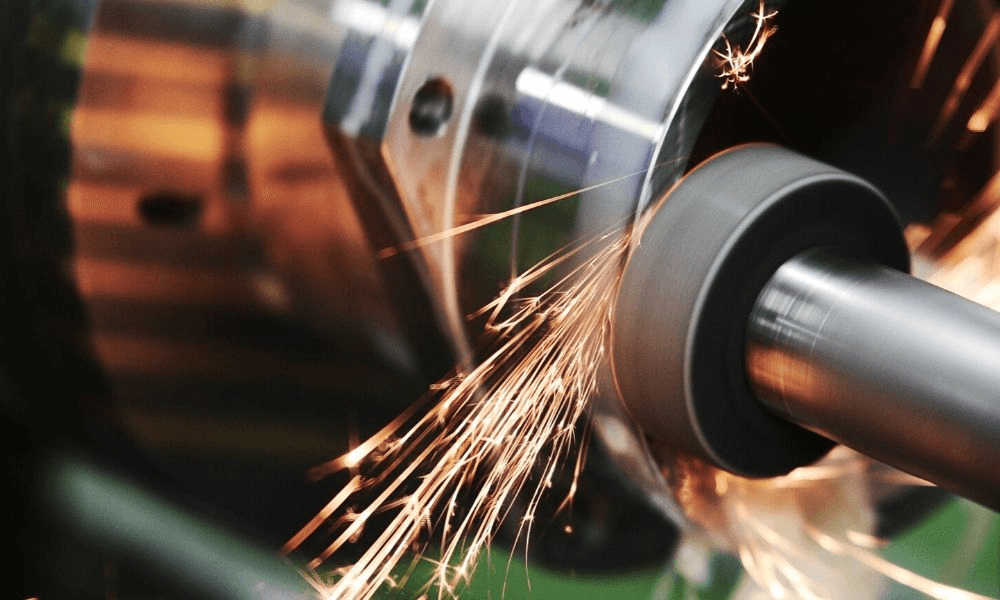In the fields of industrial manufacturing, mechanical processing, architectural decoration, etc., aluminum plates are widely used because of their advantages such as light weight, high strength and corrosion resistance. However, in actual selection, many customers are often confused by 1060 aluminum plate and 6061 aluminum plate: the two aluminum plates look similar, but the prices are different and the performance is also different. So, how to quickly judge the main differences between 1060 aluminum plate and 6061 aluminum plate? This article will make a detailed comparison from four aspects: composition, performance, use, and processability to help you make a wise choice.
1. Chemical composition difference: pure aluminum VS aluminum alloy
1060 aluminum plate: belongs to the 1000 series of pure aluminum plates, with an aluminum content of more than 99.6%. Its main component is almost aluminum, and the impurity content is extremely low.
6061 aluminum plate: belongs to the 6000 series aluminum alloy, which is alloyed with elements such as aluminum, magnesium, and silicon. Typical ingredients are aluminum (about 97.9%) + magnesium + silicon + copper + iron, etc.
Comments: 1060 is soft aluminum with high metal purity, suitable for applications with high requirements for electrical conductivity and thermal conductivity; 6061 is an alloy aluminum plate with higher structural strength and excellent comprehensive mechanical properties.
2. Comparison of mechanical properties: soft materials VS high strength
| Project | 1060 aluminum plate | 6061 aluminum plate |
| Tensile strength | 70~100 MPa | ≥205 MPa |
| Yield strength | 30 MPa | ≥110 MPa |
| Elongation | ≥25% | 8~10% |
| Hardness (HB) | 20~30 | 60~95 |
- 1060 aluminum plate: good ductility, easy to stretch and stamp, but low strength.
- 6061 aluminum plate: high strength, can be used for load-bearing structures, and has stronger wear and corrosion resistance.
Comments: If the project has strict requirements on material strength, such as mechanical parts and auto parts, 6061 is obviously more suitable; but if it is used for lamps, nameplates, and electrical housings, 1060 is more economical and practical.
3. Differences in typical application scenarios
1060 aluminum plates are commonly used for:
- Lighting reflectors
- Capacitor housings
- Signs, nameplates
- Architectural decorative panels
- Food packaging materials
- 6061 aluminum plates are widely used in:
- Mechanical structural parts
- Aviation parts
- Transportation (automobile wheels, motorcycle frames)
- Mold processing
- Ship and bridge manufacturing
Comments: 1060 is more suitable for scenarios that do not require high strength but require good processability, while 6061 shows great advantages in high stress and high strength environments.
4. Processability and weldability
4.1 Processability comparison:
1060 aluminum plate: has good plasticity and is suitable for cold processing methods such as stamping, stretching, and rolling.
6061 aluminum plate: high hardness, heat treatment is required to improve the processing effect, and higher requirements are placed on processing equipment and tools.
4.2 Comparison of weldability:
1060 aluminum plate: good welding performance, suitable for a variety of welding processes (such as TIG welding, gas welding, etc.).
6061 aluminum plate: prone to cracks after welding, requiring professional preheating and post-processing to achieve ideal weld quality.
Comments: If the processing technology is mainly welding, 1060 is easy to operate and efficient; although 6061 is difficult to weld, its finished product strength is much better than 1060.
When customizing and wholesale aluminum plates, judging the difference in material performance is the key to improving product quality and controlling costs. 1060 and 6061 aluminum plates have their own advantages, and the key lies in matching specific application scenarios. We recommend that you communicate with professional aluminum plate suppliers when selecting models to obtain targeted technical suggestions.

